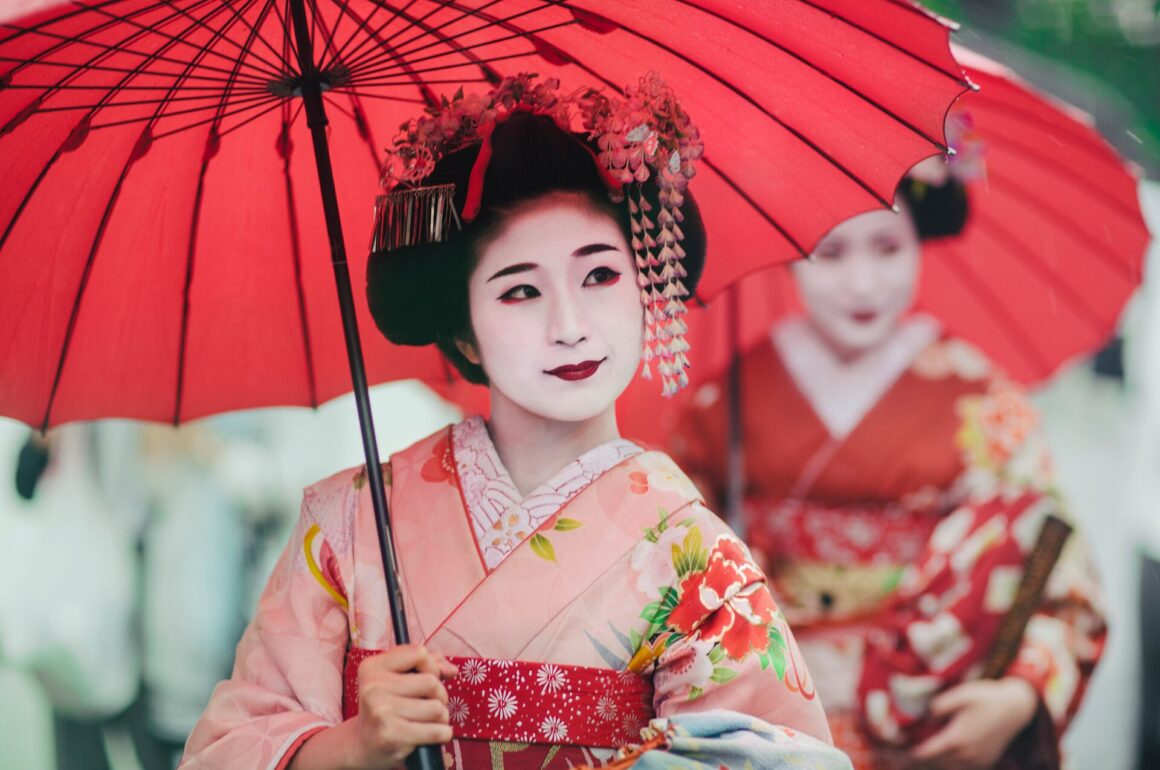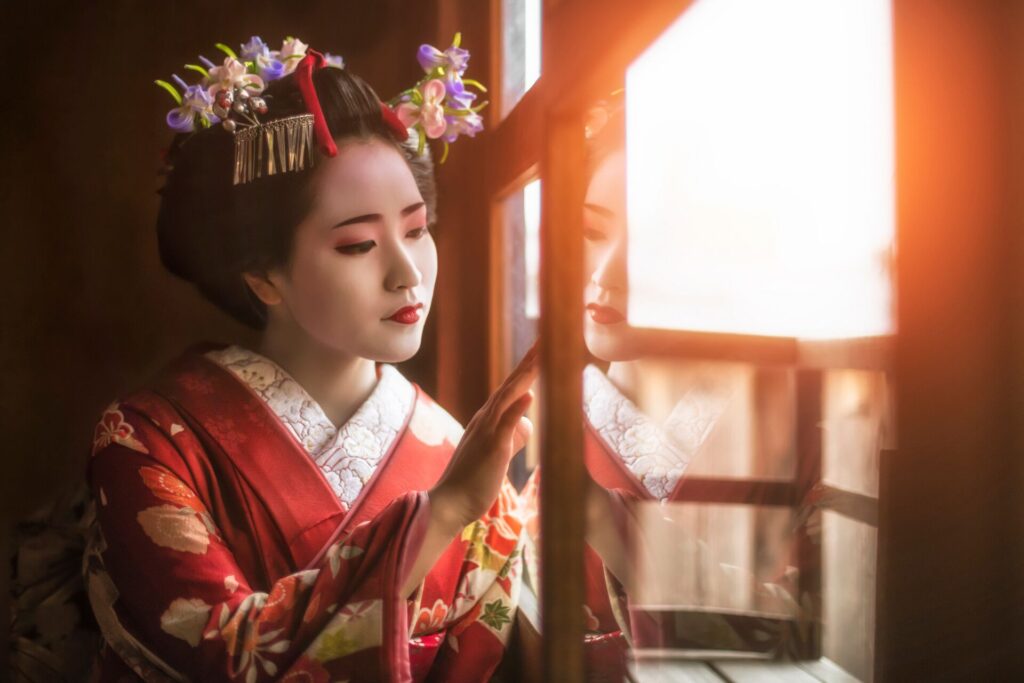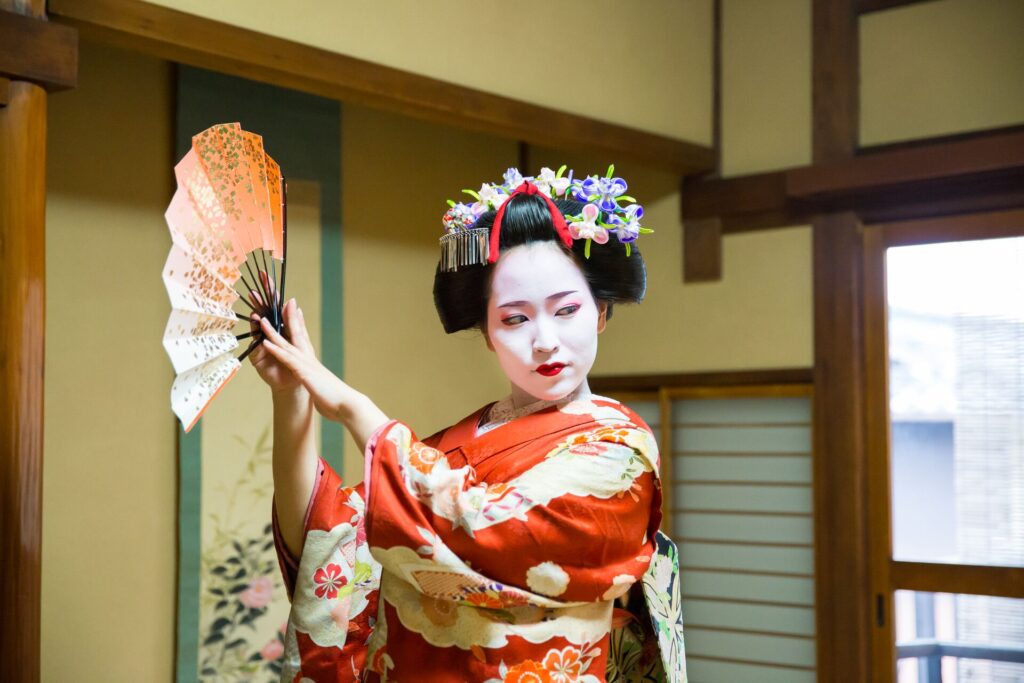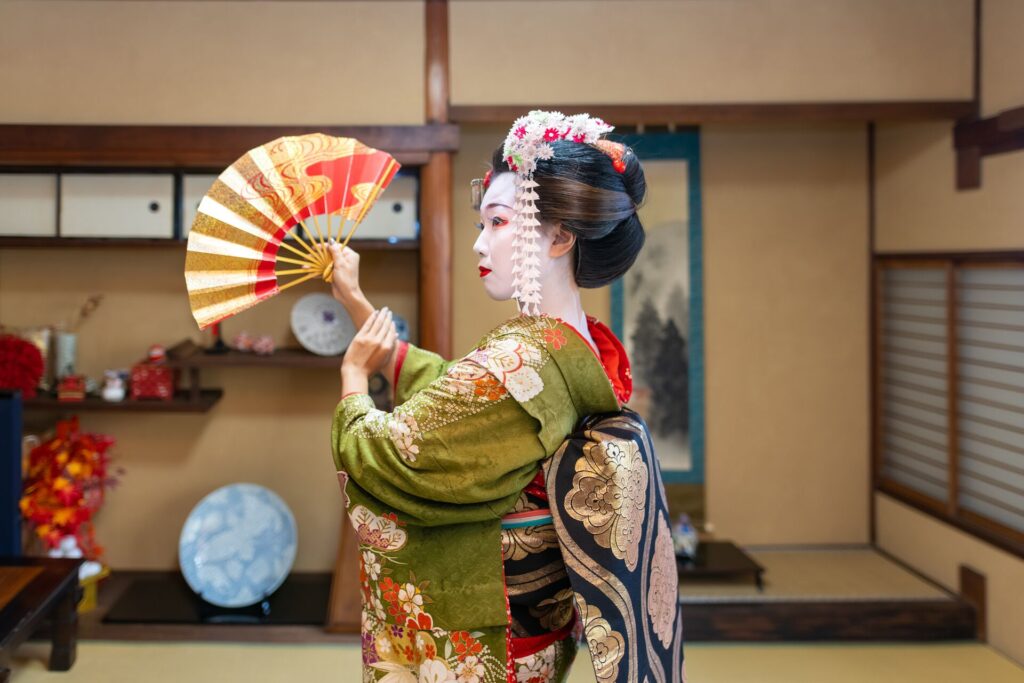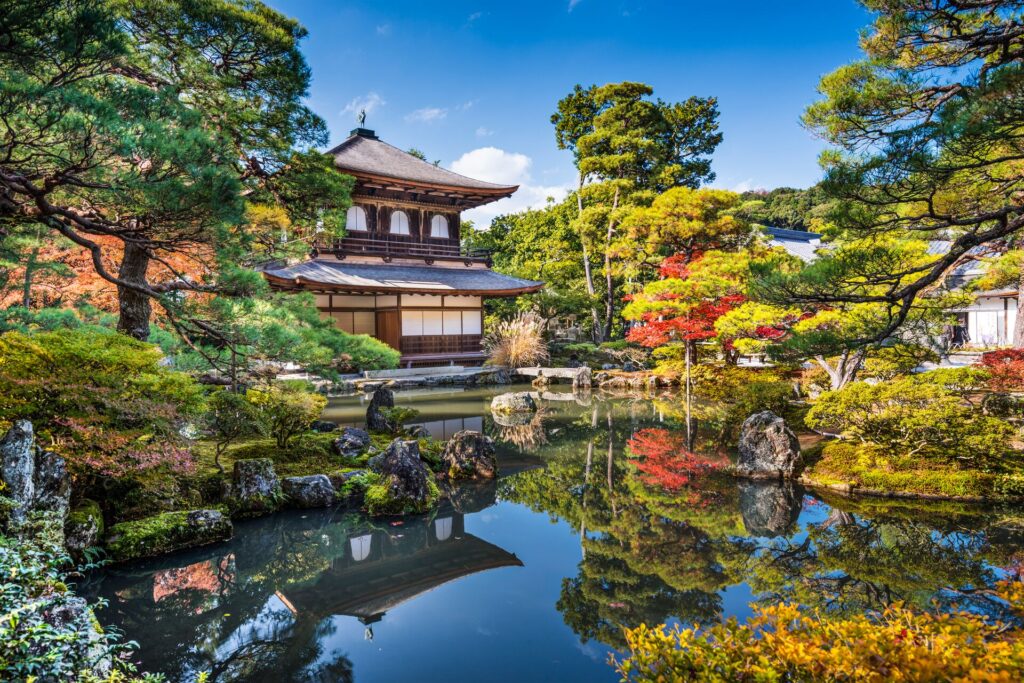Home to more than 70% of the world’s tigers, there’s no better place than India to see this majestic animal in the wild. Ranthambore National Park is the crown jewel of India’s protected tiger habitats, home to dozens of Bengal tigers living among its lush forest and ancient palatial ruins.
Here, we delve into the history of Ranthambore – and how it transformed from royal hunting grounds to a world-class sanctuary. Plus, learn the secrets to spotting a Bengal tiger yourself in this stunning national park.
Experience it: Essence of India with Ranthambore

@claws.n.wings
Tiger hunting in India
Ranthambore National Park is located in the Indian state of Rajasthan, meaning ‘Land of Kings’ in Hindi. It’s a fitting name as Rajasthan is famed for its legacy of royal rulers, dynasties, palaces and forts. From the Mughal Emperors of the 16th century to the Maharajas (rulers), the royals practiced ‘shikar’, or big game hunting, and Bengal tigers were particularly prized. British royalty and other aristocrats from all over the world would come to India to hunt the king of the big cats. Renowned for its large tiger populations, Ranthambore was the royal hunting grounds of the Maharajas of Jaipur, the capital of Rajasthan.

@ranthambhorewildlife
Project Tiger
By 1972, the Bengal tiger population in India had dropped from as many as 80,000 to just 1,800. This shocking discovery prompted then Prime Minister Indira Gandhi to launch Project Tiger to protect the country’s tigers. The government established the Wildlife Protection Act in 1972 which made hunting illegal. As tigers were designated as Schedule 1 animals, the hunting of tigers brought the highest penalty. The government also banned the export of tiger skins and created sanctuaries and national parks to preserve the tiger’s natural habitats. Since the launch of Project Tiger, the tiger population has slowly risen. A recent tiger census in April 2023 found that India now has a population of 3,167 tigers, 200 more than it had four years ago. The country is now home to more than 70% of the world’s tigers.
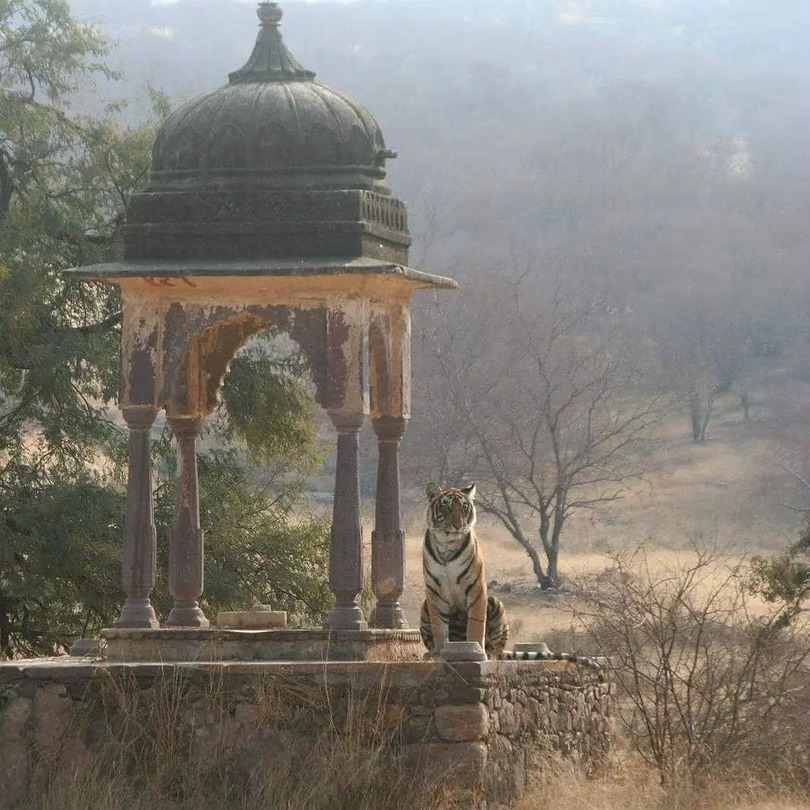
@ranthambhorewildlife
Royal hunting grounds turned protected wilderness
Ranthambore was declared a national park in 1980 and remains a protected area today, strictly prohibiting any disturbance to wildlife. The national park now has 86 tigers living in the area spanning 515 square miles and has proudly achieved a 45% growth in the population in the last eight years. While the park has battled many challenges over the years including poaching, the local communities and government work together to protect the tigers and conserve their habitat. Today Ranthambore remains one of the most popular destinations for wildlife and photography enthusiasts and visitors come from all over the world to take safaris to explore the park and spot its wildlife.
Read more: Uncovering India’s cultural riches, with acclaimed historian Rana Safvi

@ranthambhorewildlife
The cultural significance of tigers in India
Tigers have played a role in Indian traditions, culture and mythology for centuries. They are a revered animal and considered a symbol of strength, power, beauty and intelligence. In Hindu mythology, the goddess Durga is often depicted riding a tiger as a symbol of her strength. Lord Shiva, an important Hindu god, is also portrayed wearing a tiger skin around his waist. In recognition of this cultural significance, the tiger was declared the national animal of India in 1972.
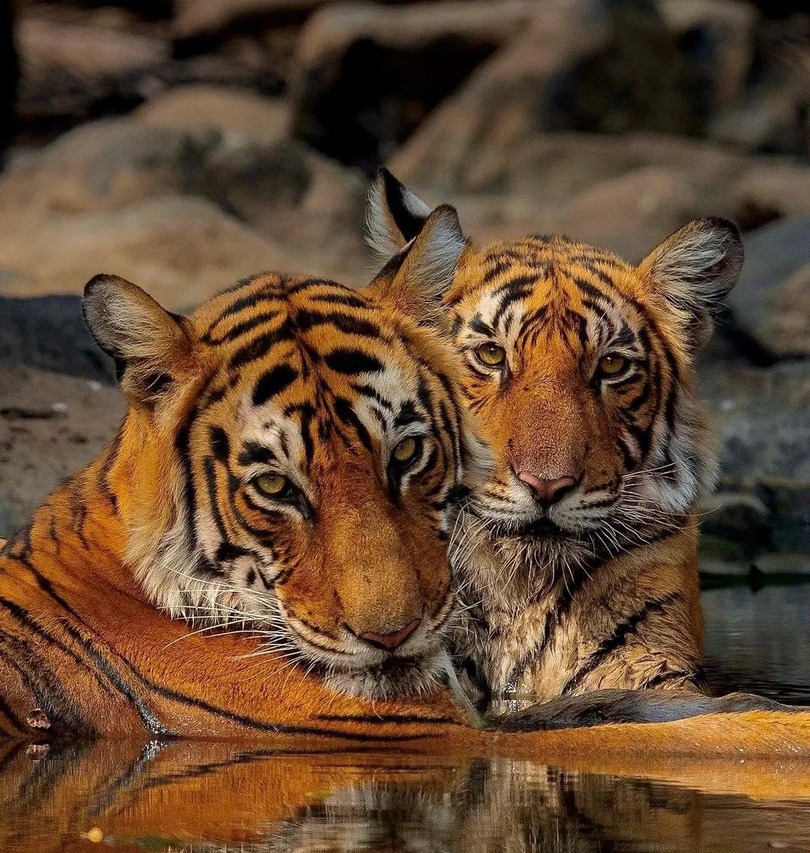
@ranthambhorewildlife
How to see tigers roaming in Ranthambore
When you embark on our Essence of India with Ranthambore luxury tour, you’ll journey to Ranthambore on the Jan Shatabdi Express. After arriving at your luxury hotel, the Nahargarh Ranthambhore, in the lush foothills of the Aravalli mountain range, you’ll discover a beautiful region swathed in forest and dotted with crumbling forts – and Bengal tigers.
You’ll join an Expert Naturalist as you seek out the elusive tigers on dawn and dusk safaris within Ranthambhore National Park. You’ll also meet a Local Expert to explore the former royal hunting grounds and discover palace ruins, traditional Chhatri dome-shaped pavilions, and a 1,000-year-old fort.

@ranthambhorewildlife
More than tigers – the other wildlife you can spot in Ranthambore
The main prize on safari in Ranthambore is spotting a Bengal tiger or two, but you’re also likely to spot a wealth of other incredible wildlife on your safaris here. Keep your eyes peeled for leopards, sloth bears, Indian wild boar, Indian Sambar deer, Chital deer, and Indian foxes. You can also see the Indian gazelle (chinkara), a small antelope, and Nilgai, the largest antelope in Asia. Look up and you’ll also spot several bird species including owls, eagles and vultures.
Read more: How to safari in style: The ultimate packing guide

@ranthambhorewildlife
Tips for spotting tigers in Ranthambore
While Ranthambore is one of the best places in the world to spot Bengal tigers in their natural habitat. However, it’s never a guarantee to see one. Here are some tips to improve your chances:
Choose the right season
The best time to spot tigers in the wild is during the dry season, which runs from November to May. The grass is shorter and animals congregate around the receding water sources, making it easier to spot tigers.
Go with an experienced guide
When you travel with Luxury Gold, you’ll go on safari with expert local guides who know the habits of tigers and can significantly improve your chances of spotting a tiger. They can also help you spot other animals and birds while out exploring.
Wear the right clothes
Wear clothing in neutral colors such as beige or khaki to help you blend in with your surroundings. Brightly colored clothing may scare off the animals you’re trying to spot.
Keep your distance
While spotting tigers in the wild is a thrilling experience and it may be tempting to move closer, it’s important to be respectful of their habitat and maintain a quiet atmosphere and a safe distance. It’s also important to take photos without the flash on. Getting too close or making too much noise or sudden movements can be dangerous or simply encourage the tigers to hide from view.
Be patient and observant
When it comes to spotting tigers, patience is key. Tigers are elusive animals, so you’ll need to keep a sharp eye out for any signs of tiger activity, such as pugmarks or alarm calls from other animals. A high-quality pair of binoculars can also help you catch a glimpse.
Discover how you can see the tigers of Ranthambore on our Essence of India with Ranthambore luxury tour.




